I have been testing some lenses in preparation for an upcoming trip and yesterday had the chance to use the Nikon AF-S 80-400 during a walk around Mount Maunganui. It was late in the day with an overcast sky so light levels were quite low which meant the Vibration Reduction would be put to the test. We stopped at our usual picnic spot for a kebab dinner and noticed that the Black-backed gulls were sitting on nests. The bird closest to us was quite relaxed in our presence after we had finished our meal and I was easily able to clamber down a short way to get an eye-level view of her on the nest without disturbing her. The setting sun behind the cloud gave a nice warmth from the left and the diffused light kept contrast levels low. At a focal length of 290mm, 1/250 f8 ISO 800 gave an incredibly sharp image with beautiful fine detail as can be seen from the cropped image detail.
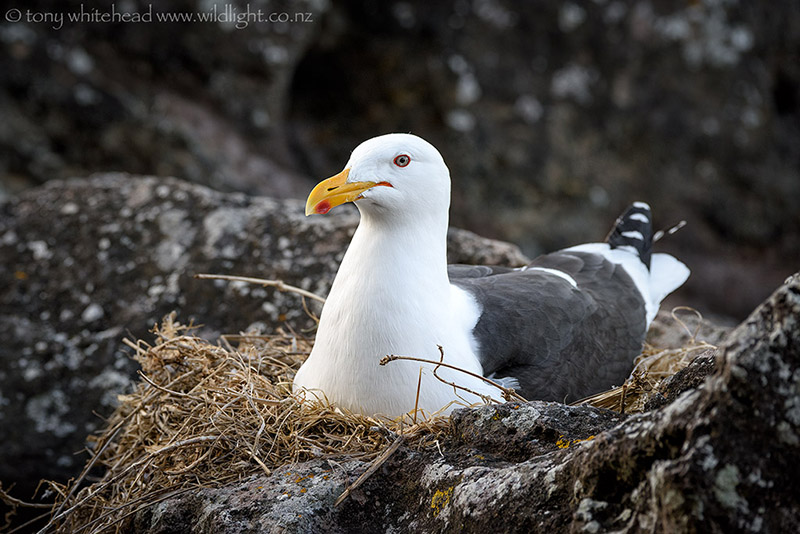
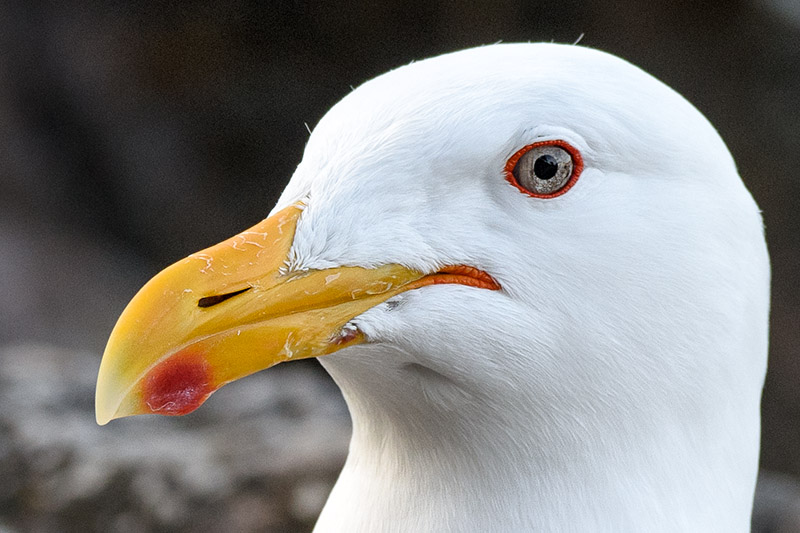
A chance at a flight shot on a passing gull also yielded a crisp image with the same exposure settings. The 80-400 is incredibly light in comparison to the 200-400 or 500m lenses I usually use and this makes acquiring and tracking a bird in flight a much less strenuous exercise. Focus seems to lock fast and hold well using the lens on a Nikon D810. I didn’t encounter the “focus chatter” that I have seen some reviews report.
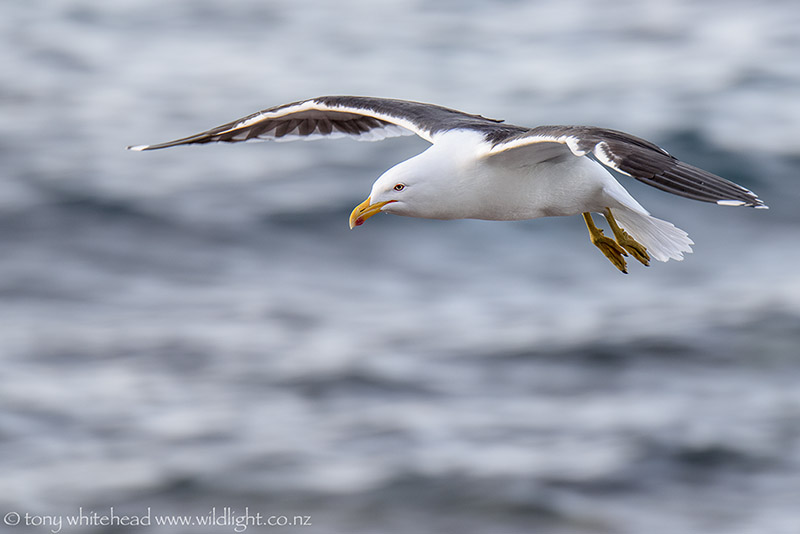
A little further on we bumped into a pair of California Quail in deep shade. This necessitated an exposure of 1/160s f5.6 ISO 1600 at 400mm focal length and this again gave a beautifully sharp image, the Vibration Reduction making handholding at this shutter speed easily achievable.
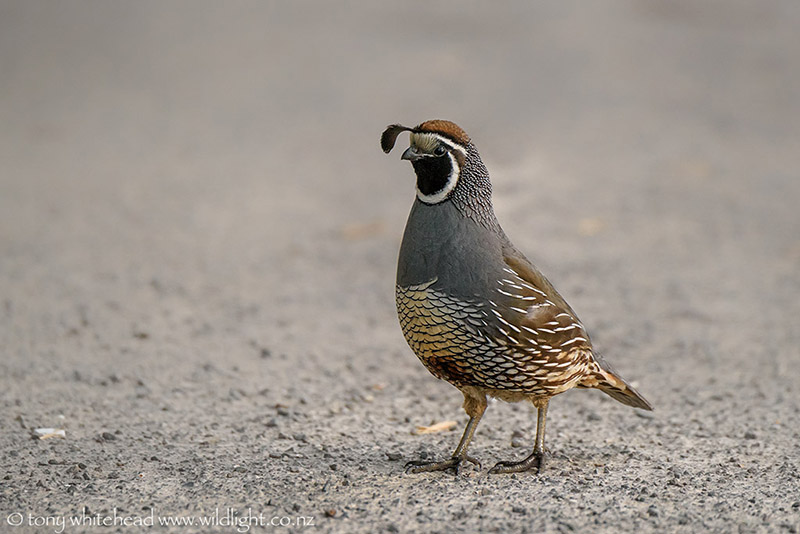
The final subject was a very co-operative Song Thrush that came hopping past us. This was a more open area so I could bump the shutter speed up a stop to 1/320 but with all other settings the same as the California Quail.
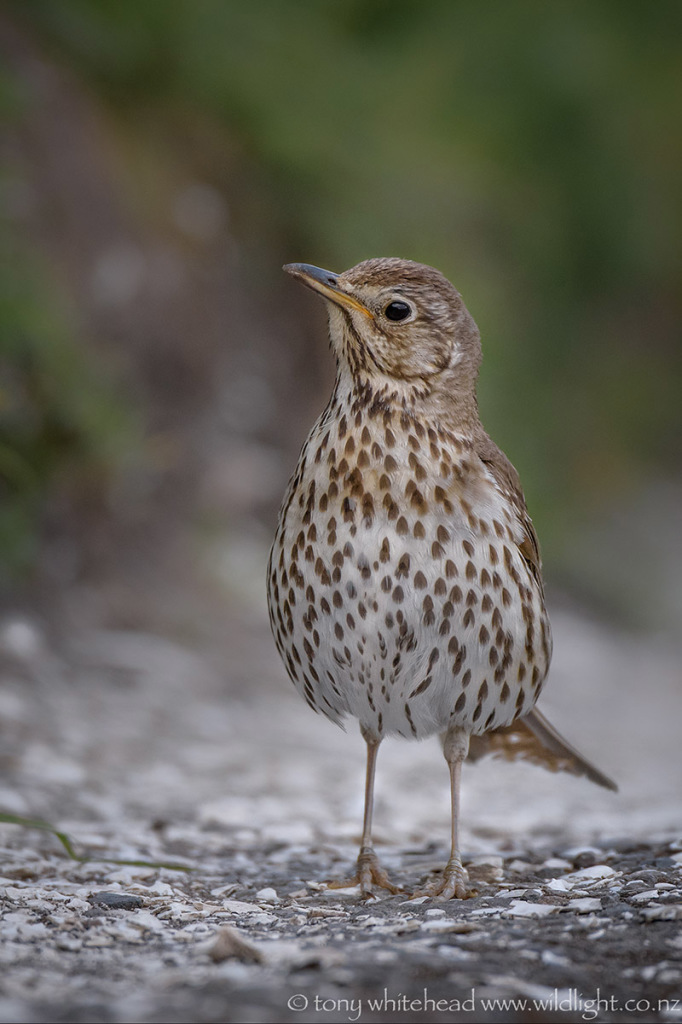
Not a bad result for a short walk and I must confess to being very impressed with the 80-400. I had expected more of a trade-off in sharpness when compared to the bigger, heavier, faster f4 telephotos and I am sure this would be visible on a side by side comparison but for files to print up to 8×12 and especially for web use there is way more sharpness than you need. The Vibration Reduction compensates somewhat for the loss of 1 stop of light at f5.6 and the lightness and compact size is a real joy. A kit comprising a D810, 24-120 f4 and the 80-400 f4.5-5.6 makes a very portable combination that would cover most travel eventualities (A Nikon D750 would be even lighter but offer less cropping headroom to “extend” the reach at the telephoto end). The addition of the AF-S 18-35 f3.5-4.5 would extend the wide angle range with very little additional weight.
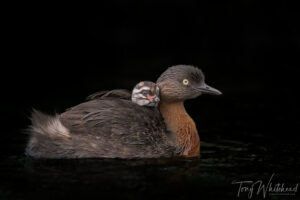
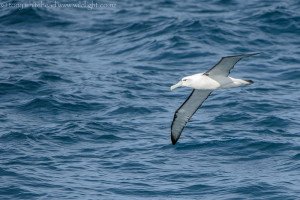
Pingback: Tamron 150-600 field test
Pingback: Antarctica – Gearing up for a photo expedition. Photography gear.